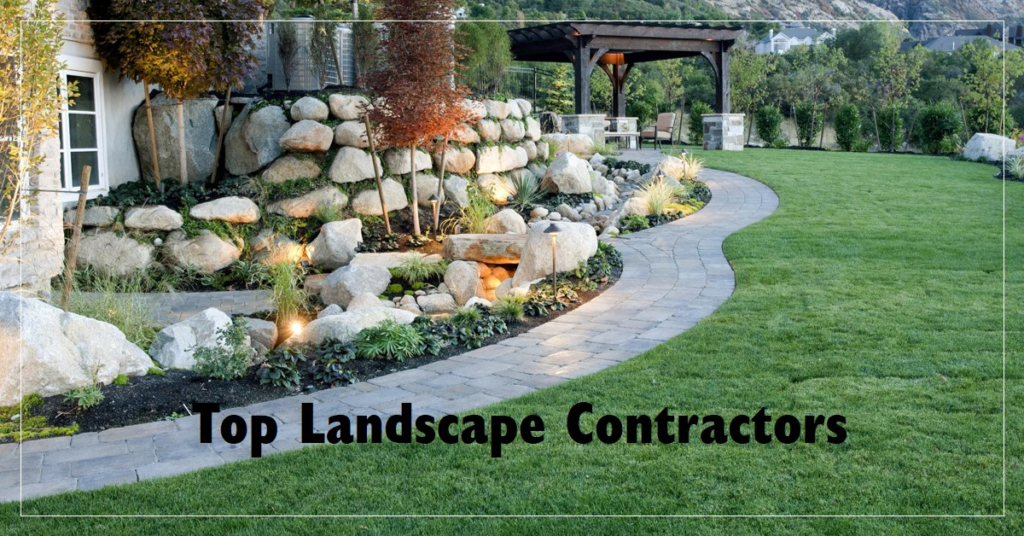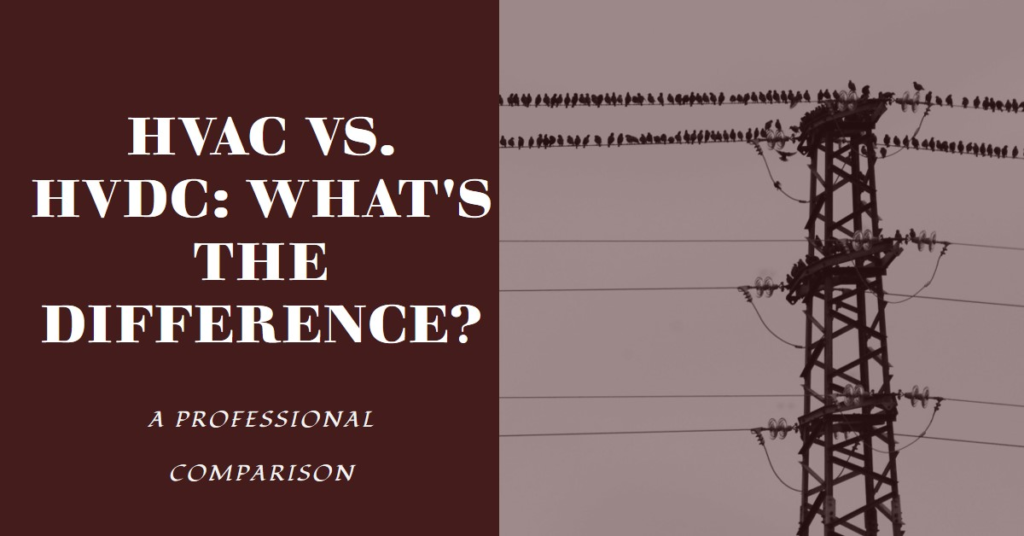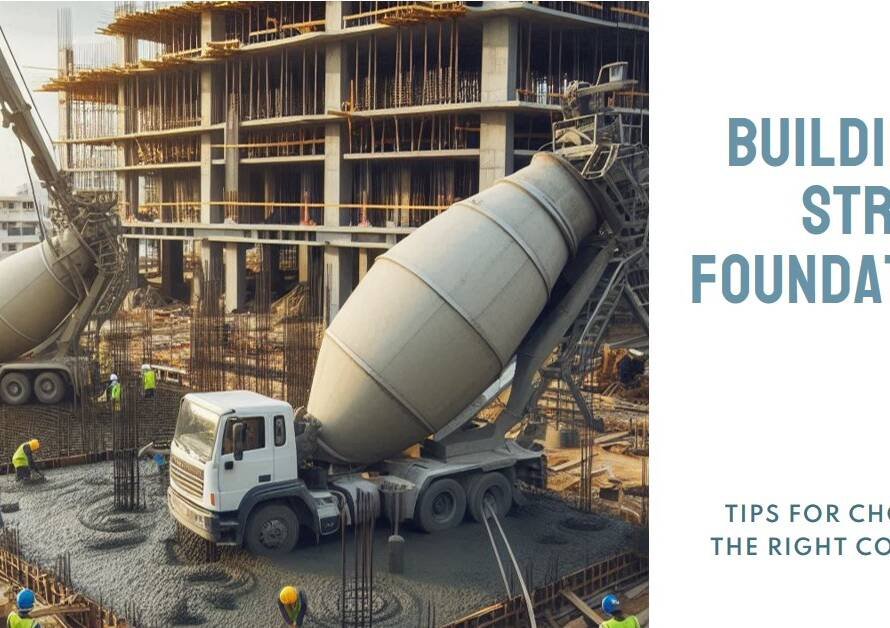
Table of Contents
- Introduction:
- The Rise of Sustainable Landscaping
- Integrating Native Plants: A Natural Choice
- Water-Wise Landscaping: Conserving Our Most Precious Resource
- Eco-Friendly Materials: Building for a Greener Future
- Creating Wildlife Habitats: Supporting Biodiversity
- Green Roofs and Walls: Bringing Nature to Urban Spaces
- Renewable Energy: Powering Landscapes Sustainably
- Education and Advocacy: Promoting Environmental Awareness
- The Future of Environmental Design in Landscaping
Introduction:
In recent years, the landscape design industry has seen a significant shift towards more sustainable and environmentally friendly practices. This evolution is driven by the growing awareness of environmental issues and the increasing demand for greener solutions. Top landscape contractors are now integrating environmental design principles into their projects, creating stunning outdoor spaces that are not only beautiful but also beneficial to the environment. This blog post explores some of the leading landscape contractors who are at the forefront of this green revolution, highlighting their innovative approaches and contributions to environmental sustainability.
The Rise of Sustainable Landscaping
As urbanization continues to spread, the importance of green spaces in cities has never been more apparent. Sustainable landscaping is not just a trend; it’s a necessity. This approach focuses on creating landscapes that are both aesthetically pleasing and environmentally responsible. Leading landscape contractors are now prioritizing the use of native plants, water-efficient irrigation systems, and eco-friendly materials to minimize the environmental impact of their projects.
The shift towards sustainable landscaping also involves reducing the carbon footprint associated with traditional landscaping practices. Contractors are increasingly using electric or battery-powered equipment, which produces fewer emissions compared to their gas-powered counterparts. Additionally, the use of organic fertilizers and pest control methods is becoming more common, further contributing to the health of our ecosystems.
Integrating Native Plants: A Natural Choice
One of the key principles of environmental design in landscaping is the use of native plants. Native plants are adapted to the local climate and soil conditions, making them more resilient and less resource-intensive than non-native species. By incorporating native plants into their designs, landscape contractors can create sustainable and low-maintenance landscapes that support local biodiversity.
Leading landscape contractors are also educating their clients about the benefits of native plants. These plants not only require less water and fewer chemical inputs, but they also provide habitat and food for local wildlife, promoting a healthy and balanced ecosystem. This holistic approach to landscaping is helping to create greener, more vibrant communities.
Water-Wise Landscaping: Conserving Our Most Precious Resource
Water conservation is a critical component of sustainable landscaping. With droughts becoming more frequent and water resources becoming scarcer, it is essential to design landscapes that use water efficiently. Top landscape contractors are employing a variety of strategies to reduce water usage, including the installation of drip irrigation systems, rain gardens, and xeriscaping techniques.
Drip irrigation systems deliver water directly to the roots of plants, reducing evaporation and runoff. Rain gardens capture and filter stormwater, allowing it to infiltrate the soil and recharge groundwater supplies. Xeriscaping, which involves using drought-tolerant plants and minimizing turf areas, is another effective way to create water-efficient landscapes. By adopting these practices, landscape contractors are helping to conserve our most precious resource while still creating beautiful outdoor spaces.
Eco-Friendly Materials: Building for a Greener Future
The choice of materials plays a significant role in the sustainability of a landscape project. Top landscape contractors are increasingly opting for eco-friendly materials that have a lower environmental impact. This includes using recycled or reclaimed materials for hardscaping elements such as patios, walkways, and retaining walls.
In addition to recycled materials, contractors are also choosing products that are locally sourced, reducing the carbon footprint associated with transportation. Permeable paving materials are another popular choice, as they allow rainwater to infiltrate the ground, reducing runoff and promoting groundwater recharge. By carefully selecting materials, landscape contractors are building for a greener future and setting new standards for environmental design.
Creating Wildlife Habitats: Supporting Biodiversity
A truly sustainable landscape is one that supports biodiversity. Leading landscape contractors are designing outdoor spaces that provide habitat and resources for local wildlife. This includes planting a variety of native species that attract pollinators such as bees and butterflies, as well as providing shelter for birds and other animals.
In addition to plantings, contractors are also incorporating features such as birdhouses, bat boxes, and insect hotels into their designs. These elements not only enhance the beauty of the landscape but also contribute to the overall health of the ecosystem. By creating wildlife habitats, landscape contractors are playing a crucial role in supporting biodiversity and promoting a more balanced environment.


Green Roofs and Walls: Bringing Nature to Urban Spaces
Green roofs and walls are innovative solutions that bring the benefits of nature into urban areas. These features involve the installation of vegetation on rooftops and vertical surfaces, providing a range of environmental benefits. Leading landscape contractors are incorporating green roofs and walls into their designs to improve air quality, reduce urban heat island effects, and enhance the aesthetic appeal of buildings.
Green roofs and walls also offer additional insulation, reducing energy consumption for heating and cooling. They can be used to grow a variety of plants, from low-maintenance sedums to more intensive gardens. By integrating green roofs and walls into their projects, landscape contractors are transforming urban spaces into green oases and contributing to more sustainable cities.
Renewable Energy: Powering Landscapes Sustainably
The use of renewable energy is another key aspect of environmental design in landscaping. Top landscape contractors are incorporating renewable energy sources such as solar panels and wind turbines into their projects to power landscape lighting, water features, and irrigation systems. This not only reduces the reliance on fossil fuels but also lowers the overall carbon footprint of the landscape.
Solar-powered lighting is an excellent example of how renewable energy can be used in landscaping. These lights charge during the day and provide illumination at night, reducing energy costs and environmental impact. By embracing renewable energy, landscape contractors are leading the way in creating more sustainable and energy-efficient outdoor spaces.
Education and Advocacy: Promoting Environmental Awareness
Leading landscape contractors are not only implementing sustainable practices in their projects but also advocating for environmental awareness and education. They are actively involved in educating clients, communities, and industry professionals about the importance of sustainable landscaping and the benefits it offers.
Through workshops, seminars, and community outreach programs, these contractors are spreading the message of environmental stewardship. By sharing their knowledge and expertise, they are inspiring others to adopt sustainable practices and contribute to a greener future. This commitment to education and advocacy is essential for driving long-term change and promoting environmental sustainability.
The Future of Environmental Design in Landscaping
The future of landscaping lies in the continued integration of environmental design principles. As more people recognize the importance of sustainable practices, the demand for eco-friendly landscaping solutions will continue to grow. Leading landscape contractors are at the forefront of this movement, setting new standards for the industry and paving the way for a more sustainable future.
Innovations in technology and design will further enhance the ability of landscape contractors to create environmentally responsible outdoor spaces. From smart irrigation systems to advanced materials and renewable energy solutions, the possibilities are endless. By embracing these innovations, landscape contractors can continue to push the boundaries of environmental design and create landscapes that are not only beautiful but also sustainable and resilient.
In conclusion, the top landscape contractors leading in environmental design are transforming the industry with their innovative approaches and commitment to sustainability. By integrating native plants, conserving water, using eco-friendly materials, creating wildlife habitats, incorporating green roofs and walls, utilizing renewable energy, and promoting environmental awareness, these contractors are making a significant impact on the environment. As the demand for sustainable landscaping continues to grow, these industry leaders will play a crucial role in shaping the future of landscape design and creating greener, more sustainable communities.



1 Comment
Shasta
I am regular visitor, how are you everybody?
This article posted at this web site is genuinely nice.